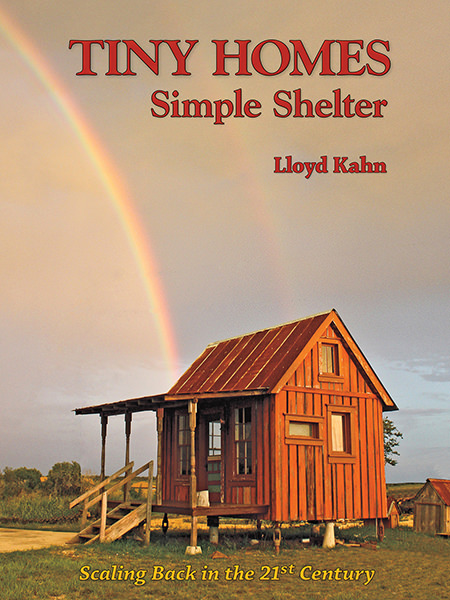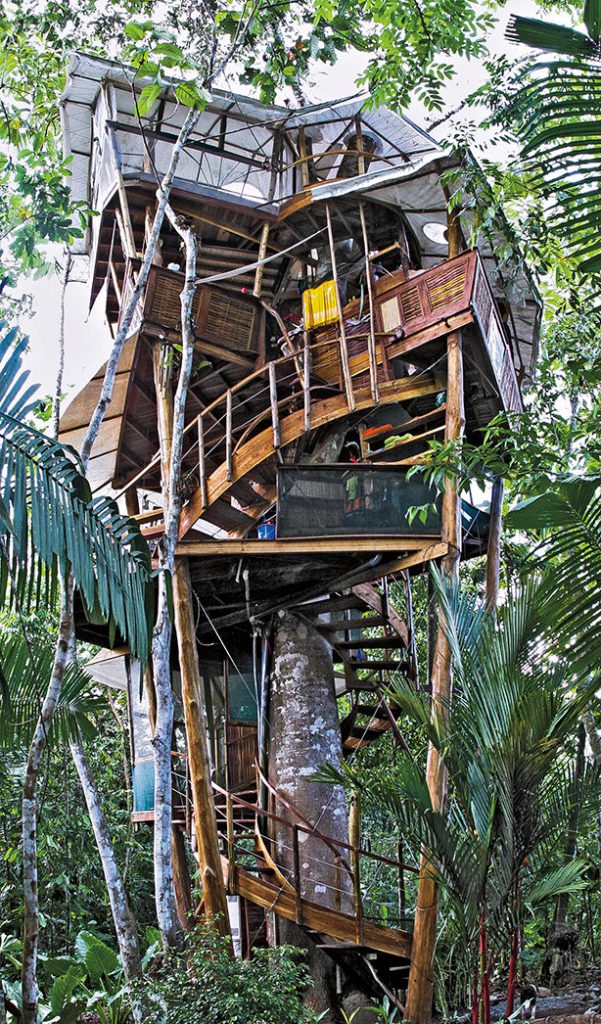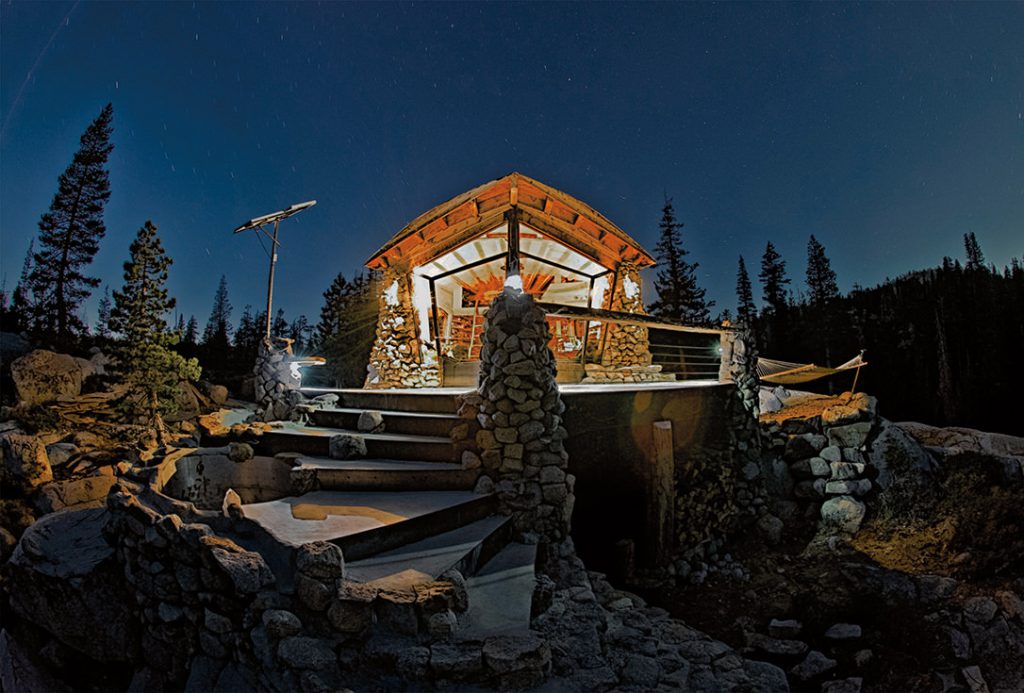Lloyd Kahn
Interview by Melissa J. Frost and David Garcia Casado
Lloyd Kahn is one of the foremost pioneers of the Do-It-Yourself movement. In 1968 the Whole Earth catalog was published by Stewart Brand, a countercultural roundup — a precursor to Google that included articles on all imaginable topics — containing information ranging from toolmaking to organic gardening to metaphysics to the joy of sex. Lloyd became involved with the Whole Earth catalog as Shelter Editor after having built what was then the largest dome home of its time. Eventually, he decided that domes were not the most ideal structures for home living, and went on to champion a myriad of ways to be self-sufficient and subsist with very little money. To Kahn, with hard work and ingenuity, anything is possible.
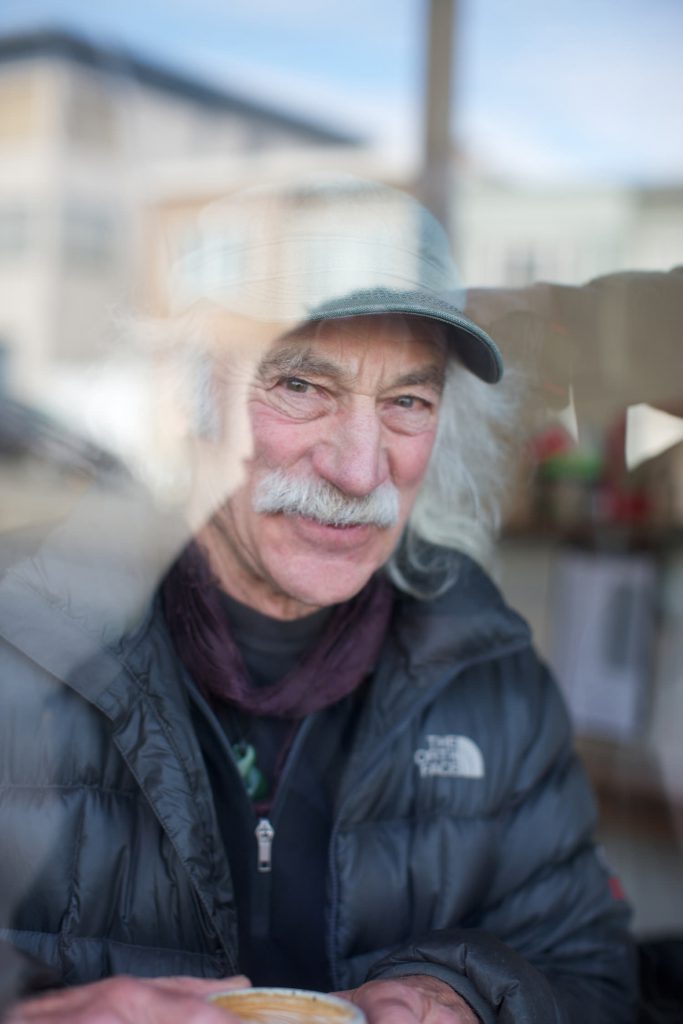
M. Your work has always been essentially about the concept of home, framed by your philosophical/social/ethical position. I am curious to know your answer to the foundational concept after a lifetime of lessons and experience. What should a home be?
L. A place you feel secure, a place where you can rest, get healed when you are sick, a place that keeps the rain off your head… Everybody needs to have shelter and my idea is that you can do it by yourself.
M. Your work has always been essentially about the concept of home, framed by your philosophical/social/ethical position. I am curious to know your answer to the foundational concept after a lifetime of lessons and experience. What should a home be?
L. A place you feel secure, a place where you can rest, get healed when you are sick, a place that keeps the rain off your head… Everybody needs to have shelter and my idea is that you can do it by yourself.
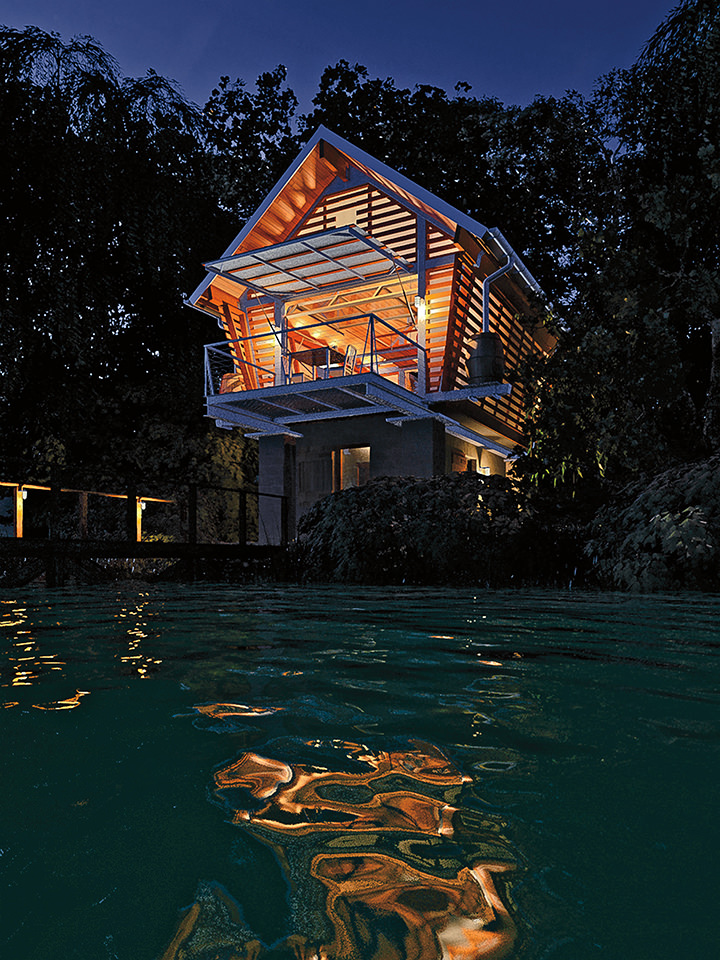
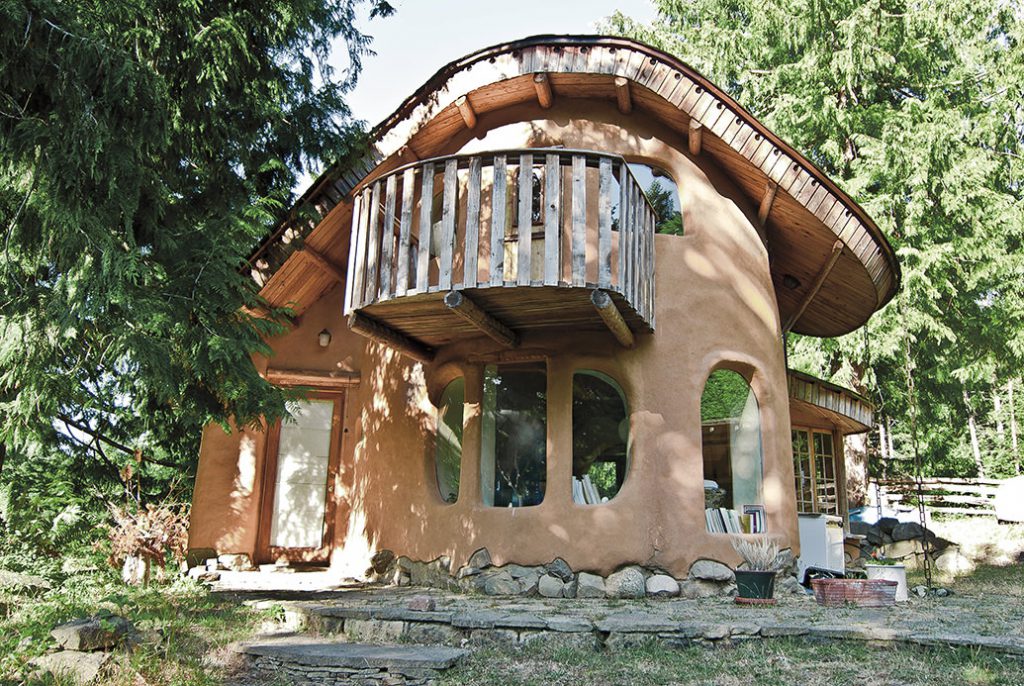
M. The political, social and aesthetic ideas of the 60’s were really influential for me as a teenager. At some point in my fan-dom I realized that much of the progressive movements and utopian communities embodied so many of the problems of that time (patriarchy, racism, narcissism) and that geodesic domes, similarly, were not ideal structures. Regarding geodesic domes not working, why? Fuller seems like a figure worth trusting. What were the terminal flaws in his ideas?
L. I don’t think much of Fuller; I don’t like his ideas.
M. In the air of what has been a culturally revivalist period, does the romanticism of the past hurt contemporary development? Or does it provide us with precedent from which to learn? What are the dangers or benefits specifically in radical 60s/70s revivalism?
L. Buckminster Fuller was popular in the 60s and 70s but that was just one thing that was going on. We tried some of his ideas and they didn’t work well so for me; they have no relevance at all for me now. The thing is that rather than build domes for everyone, look to where you are and see how people have built in the past and learn from experience...not from one type of building for everyone and every place. That turned out to be wrong.
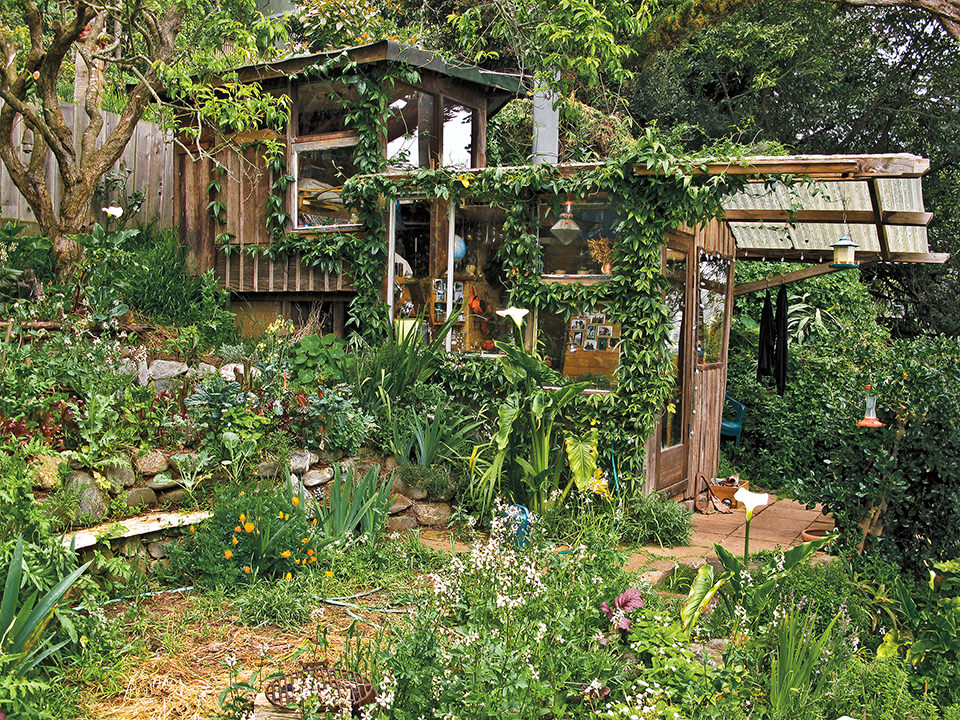
M. Your work comes from a wise compendium of cultures. Is there any specific culture that has influenced you and your work in a special way?
L. Not a specific culture has determined my approach. The shelter has been built all over the world and there are different ways to work everywhere with as much natural materials as there have available.
M. What are your general interests at the moment?
L. I am interested in everything I see in the world. Everything I come across. Housing, sheltering, music, literature…
M. Any key advice for us
L. I think the work that we’ve done is about using your hands to build your own shelter. We have shown that it’s possible to do that and by doing what you want. It’s a lot of hard work but you save money. So my best advice would be: Do it yourself!
